Airport Windsocks
The Wind Tracker™ Windsock is the only windsock system that can detect wind movement below 1 mph! Safer, stronger, longer wearing Airport Windsocks that exceed OSHA safety standards
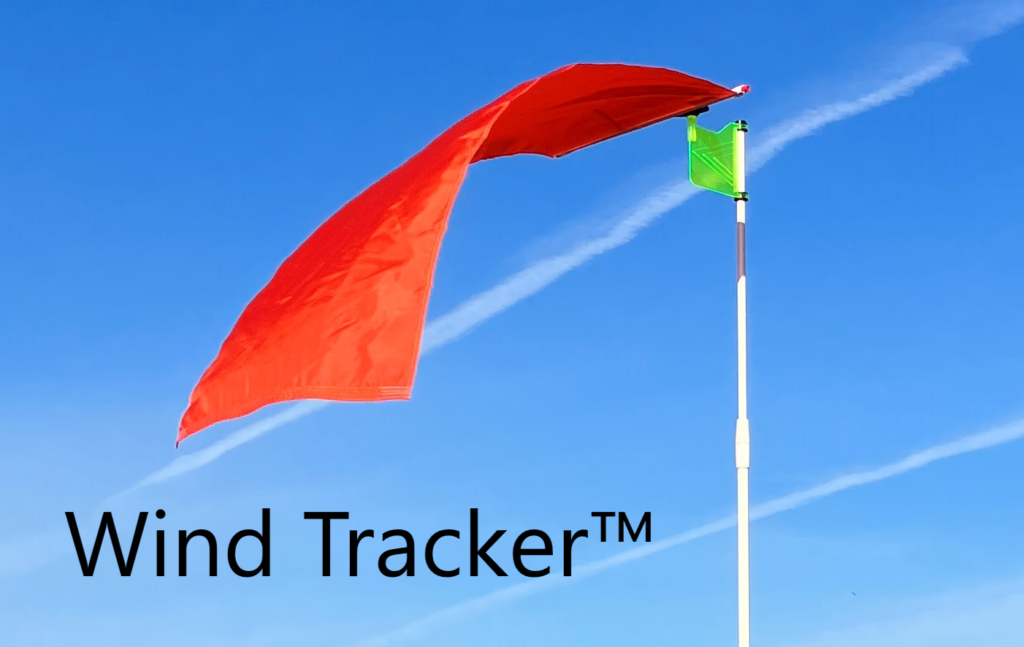
Wind Tracker™ Windsocks serve as critical tools at airports, providing essential information about wind conditions to pilots, air traffic controllers, and airport personnel. The ever-changing and dynamic nature of wind at airports makes windsocks invaluable for ensuring safe and efficient aviation operations.
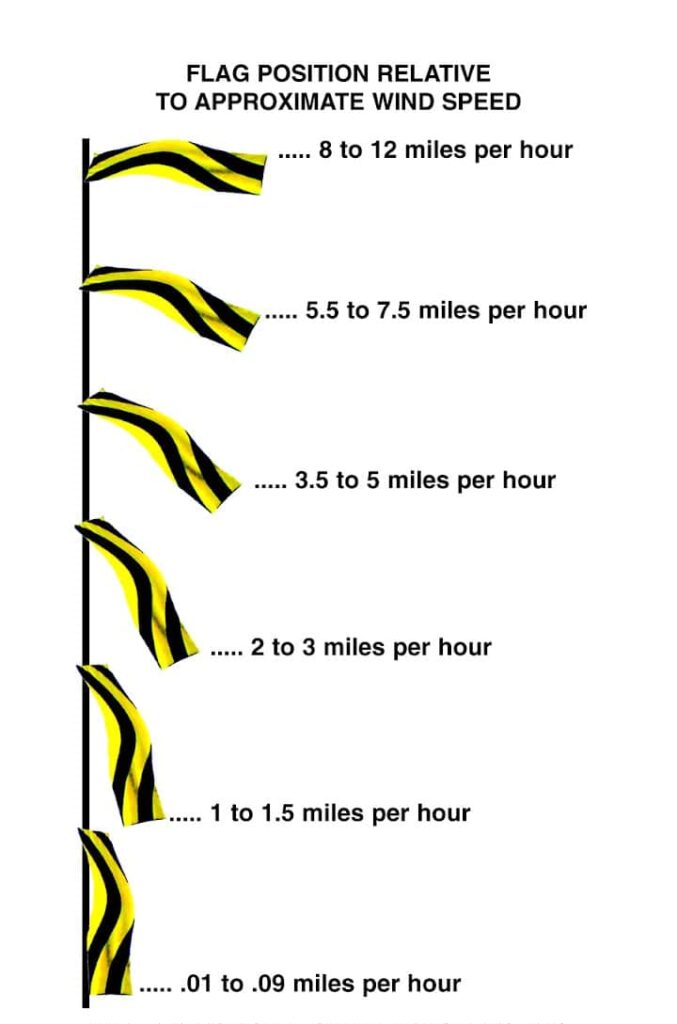
Wind Direction Assessment:
Wind Tracker™ Windsocks are primarily used to determine wind direction on the airfield. By observing the orientation of the windsock, pilots and air traffic controllers can quickly assess the prevailing wind direction at ground level. This information is crucial for runway selection, as aircraft take off and land into the wind for better lift and control. Knowing the wind direction also allows pilots to choose the most appropriate taxi routes to minimize crosswind exposure during ground operations.
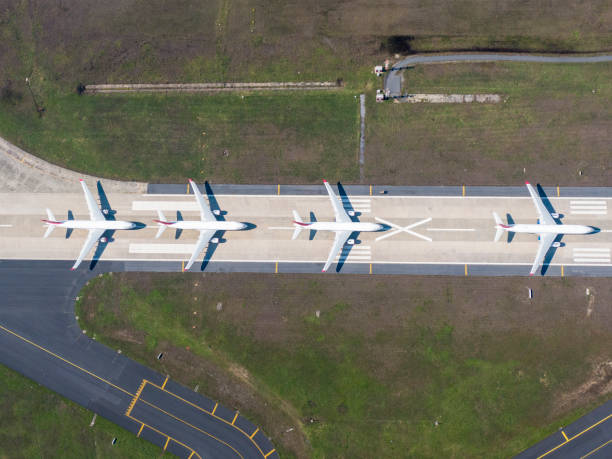
Runway Selection:
Wind Tracker™ Windsocks aid in determining the active runway for departures and landings. Pilots need to operate with the wind to achieve optimal performance and safe operations. Windsocks help air traffic controllers decide which runway is best suited for the current wind conditions, allowing for efficient traffic flow and minimizing the risk of crosswind or tailwind landings, which can be challenging for pilots.
Crosswind Assessment:
Wind Tracker™ Windsocks help assess crosswind conditions at the airport. Crosswinds can pose challenges during takeoff and landing, affecting aircraft stability and control. By observing the windsock, pilots can determine the crosswind component and make informed decisions about whether to proceed with their operation, request alternate runways, or adjust their approach and landing techniques.
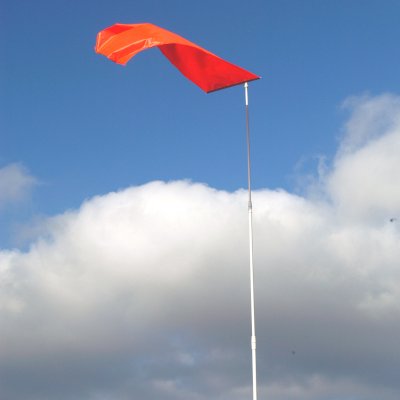
Wind Speed Measurement:
Wind Tracker™ Windsocks provide a rough estimation of wind speed by observing how much the fabric extends or inflates. While windsocks do not provide precise wind speed readings, they give pilots and air traffic controllers a general idea of wind strength. Wind speed information is vital for ensuring safe takeoffs, landings, and taxi operations, particularly during adverse weather conditions.
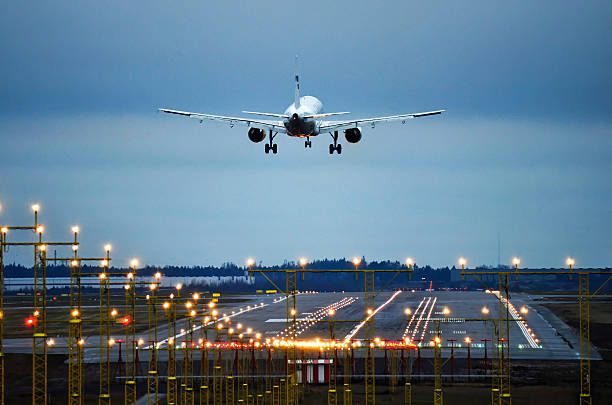
Emergency Response:
Wind Tracker™ Windsocks are crucial during emergency situations, such as aircraft diversions or medical emergencies. During these scenarios, pilots and air traffic controllers need real-time wind direction information to make rapid decisions on runway selection and emergency response procedures. Windsocks aid in providing this critical information, enabling swift and coordinated responses during high-stress situations.
Helicopter Operations:
Wind Tracker™ windsocks are a necessary tool at airports due to their role in assessing wind direction, assisting with runway selection, providing crosswind assessment, offering wind speed estimations, aiding in emergency response, and supporting safe airplane and helicopter operations. By utilizing windsocks, airports can enhance safety, efficiency, and precision in aviation operations, ensuring the smooth flow of air traffic and the safety of passengers and crew.